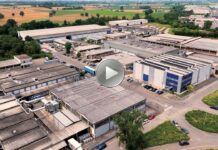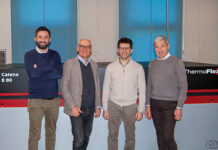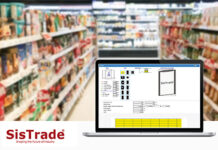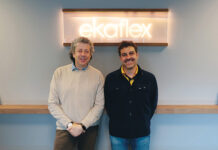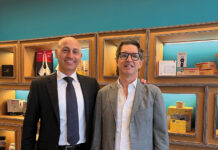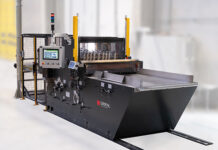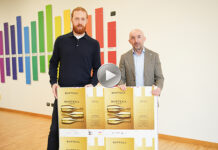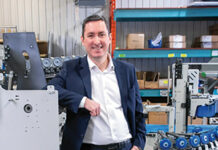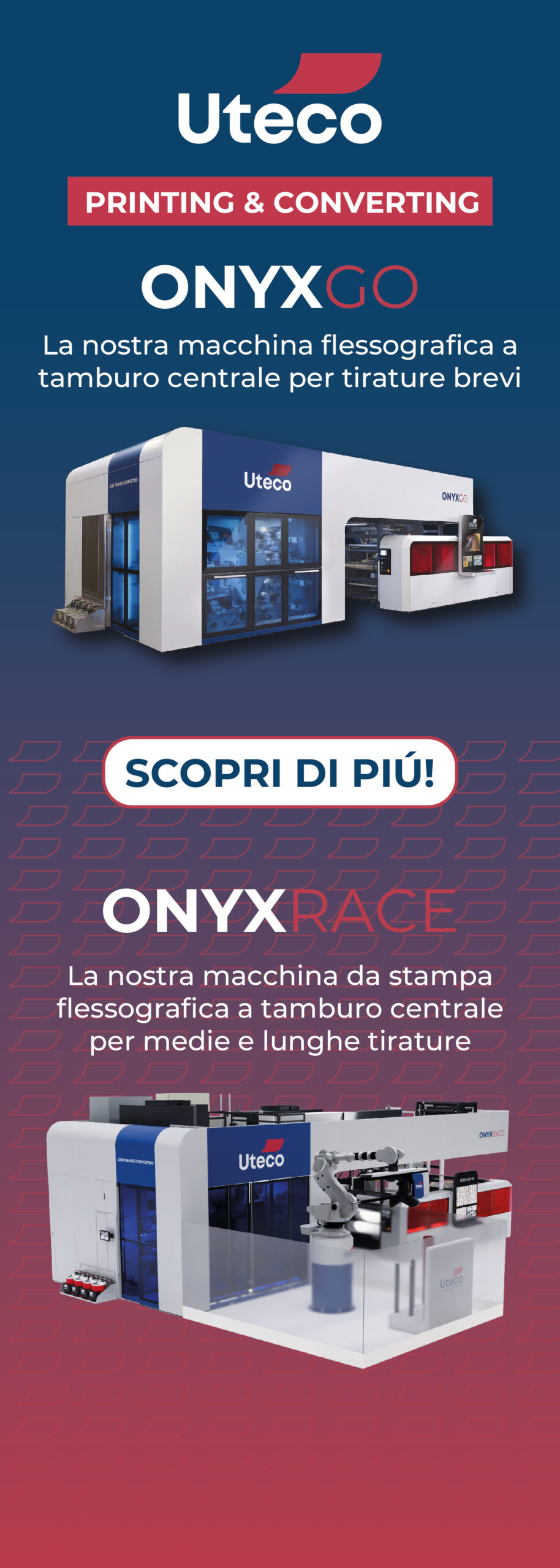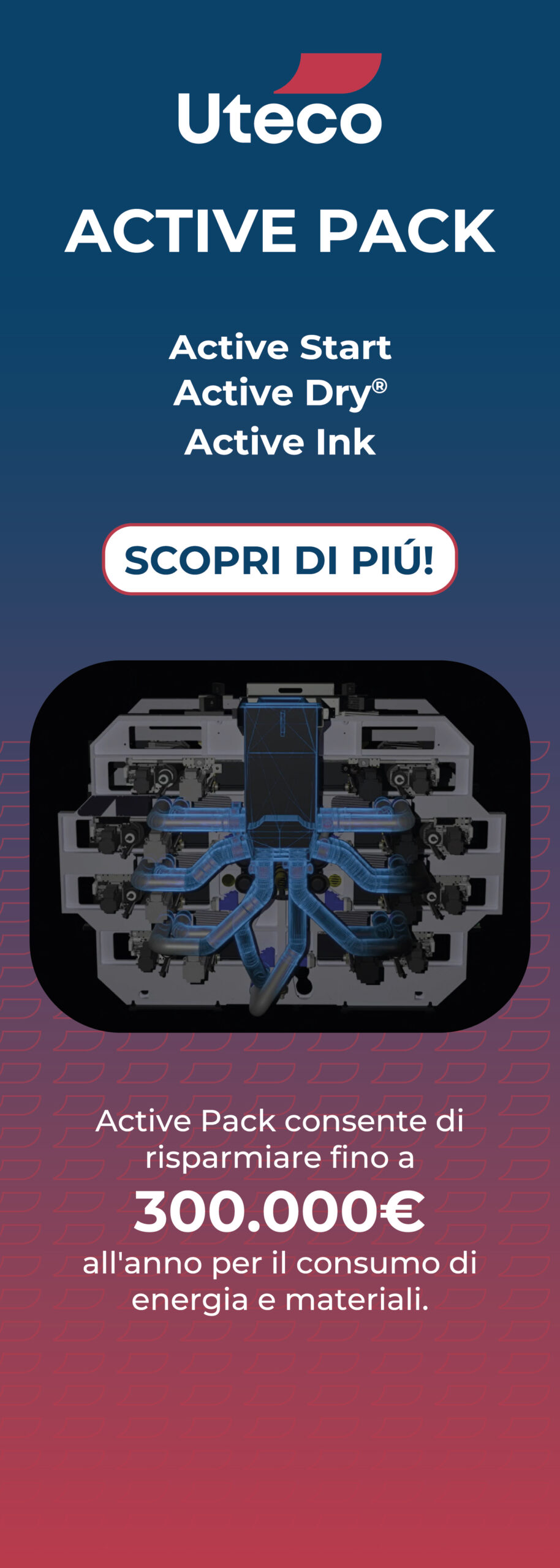Explained by Dr. Dieter Niederstadt, Technical Marketing Manager
In designing next-generation flexographic plates, Asahi’s polymer chemists have created chemical structures that can hold precise image structures, including the smallest highlight dots, for the entire duration of a print run. While this may sound simple, it took an enormous amount of innovation to achieve and is unique in the marketplace. Marketed as CleanPrint, Asahi Photoproducts views this technology approach as the future of flexographic printing. We believe it will ultimately allow packaging printers/converters to phase out the more environmentally damaging and less reliable solvent-based platemaking processes. Our future plate innovations will focus more and more on a cleaner water-wash technology and make CleanPrint a synonym for our future development approach in balance with the environment.
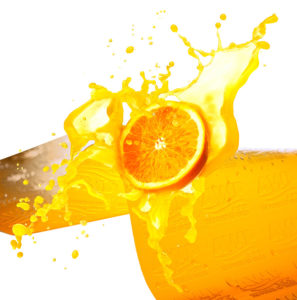
In fact, that’s exactly what U.S. packaging manufacturer and converter The Robinette Company has achieved. The company, which employs 300 and specializes in sustainable packaging for the food, beverage, nutraceutical, construction, textile and health care markets, has been using Asahi AWPTM-DEF water-washable plates for several years, and is in the process of upgrading to Asahi AWPTM-DEW plates for even more productivity improvements. This has enabled Robinette to completely eliminate solvent-based platemaking. And the results speak for themselves:
- The platemaking process has been reduced from three hours for solvent-based plates to a first-plate-out-time of 60 minutes with Asahi AWPTM-DEW plates, and subsequent plates are delivered in less than 20 minutes. The result is a more than 33% increase in capacity and the elimination of hazardous chemicals, revolutionizing the plate room.
- With solvent plates, presses at Robinette delivered a 49.58% Overall Equipment Effectiveness (OEE). Now with Asahi AWPTM plates, that has jumped to 64.92%, a 31% increase in OEE for the press room, with reduced makeready times and fewer press stops for plate cleaning.
- More specifically, the average time it took press operators to change a job with solvent plates was 297 minutes while AWPTM plates took an average of 151 minutes, a 50% reduction in makeready time.
As the Robinette Company has found, CleanPrint plates from Asahi Photoproducts have been specifically engineered to transfer all remaining ink to the printed substrate. This is due to the plate’s lower surface energy. CleanPrint plates come up to colour faster and do not need to be cleaned as often as conventional digital solvent plates. Reduction of makeready times combined with fewer press stops for plate cleaning reduces substrate waste and creates a significant productivity improvement. In addition, Asahi CleanPrint plates can consistently reproduce highlight dot sizes smaller than the thickness of a human hair, enabling precise, faithful reproduction of photographic images using flexographic printing technology.
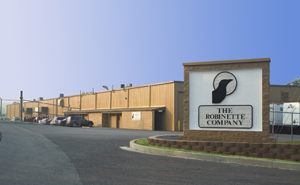
By using a fixed color palette printing process with Asahi CleanPrint plates, companies can achieve even greater efficiencies. Not only is the changeover time between jobs substantially reduced, but it is also easier to gang jobs for more efficient use of plates and substrates, improving time to market even more. Fixed color palette printing is a proven approach that has long been successful in offset printing. Now, with the precise and predictable performance of Asahi CleanPrint plates, fixed color palette printing is viable in flexo printing operations as well. It can be implemented with CMYK inks, but even more can be gained with a 7-color range of inks, typically CMYK/OGV, which can achieve more than 90% of Pantone colors.




